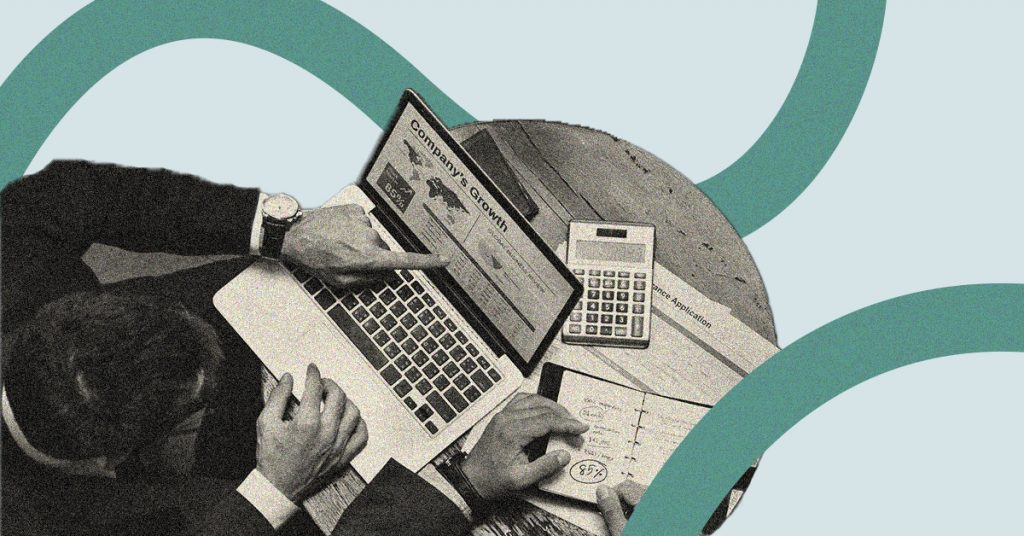Is your cash flow really driving your business?
There are seven key things you need to know about cash flow to get a base-level understanding of how your business is operating at a financial level.
While business is often complicated, any business owner who has a solid understanding of these cash flow drivers will be well-placed for success and growth.
So what are we talking about? It is relatively common in the finance industry to talk about these seven cash flow drivers, but it is good for business owners to understand that these items actually drive each other.
They are how money comes in and out of your business, what it funds, and can be a clear indicator of if your business is in good health or bad.
We go through them in brief here, and in-depth in our full series for SMEs on cash flow drivers.
The first three cash flow drivers are found in your Profit and Loss statement.
A common business mistake is counting growing revenue alone as a sign of good business health.
Generally speaking, it is good to grow, but like anything, growth oftentimes comes at a cost.
For example, a service business will need more hours (either more staff or increasing time with existing staff) to meet demands created by growing revenue/orders.
In product-based businesses increasing revenue will likely mean a requirement to increase orders, which also comes at a cost.
This is one of the biggest killers in companies, where growth translates to an increase in capital requirements.
Read more about Revenue Growth →
If you hear the term Gross Margin it means the Gross Profit of a business (Sales less Cost of Goods Sold) expressed as a percentage of Sales.
In non-finance terms, it is how much money you’re making on each sale. It’s calculated by working out how much you charge, taking away how much it costs to sell a product or service. Then the “gross margin” is a percentage of your sales.
This is important as it ultimately means how much money you get to keep. You often read about businesses with “tight margins” struggling, particularly in industries like hospitality.
You need a healthy margin to run a functioning and successful business.
Read more about Gross Margins →
Another important figure is how much money you’re spending to keep your business operational. There are often hidden costs and ones that sneak up on you.
Common costs include rent, staff, general admin costs, and things like stock and subscriptions.
While this seems straightforward, making mistakes in calculating your expenses is a relatively common error for business owners. If your expenses are outrunning the amount you make doing business, you’re likely to find yourself in trouble!
Read more about Selling, General, and Admin Expenses →
The next best thing to money in the bank must be money waiting to be in the bank. Accounts receivable is just that.
It’s the amount of money that your business is owed by customers for goods and services delivered but that you’ve yet to receive payment for. AR is any amount of money owed by customers for purchases made on credit.
This can either be a positive or a negative sign.
A common problem for business owners is forgetting to follow up on unpaid invoices, which may ultimately end up with them writing off invoices as bad debt.
Read more about Accounts Receivable →
On the flip side is the money you’re paying for goods and services used by your business.
To keep your balance sheet in check it is essential to pay in a timely and efficient manner.
A lengthy approvals cycle is a big cause for missed payments in any size business.
Missing accounts you owe mean you risk frustrating or putting suppliers offside, a huge problem if those are essential to you doing business. And it could end up creating a large bill down the track when you’re not ready for it.
Read more about Accounts Payable →
For a product-driven business, inventory is how much stock you have on hand or ready to be converted to sell.
For a service business, this is your work in progress.
For both businesses, as sales change, so too does the required investment in stock. You may need to look at things like seasonality in terms of keeping your inventory up to date and hiring staff to cover peak times without losing capital in slower periods.
Unlike day-to-day expenses, “capital expenditure” refers to investments or big one-off costs. This could be money spent on factories, equipment, cars, or even furniture and fittings for an office.
Read more about Capital Expenditure →
We hope this article provided you with some insights to better understand your business needs. If you’ve got any questions, feel free to contact us today!

